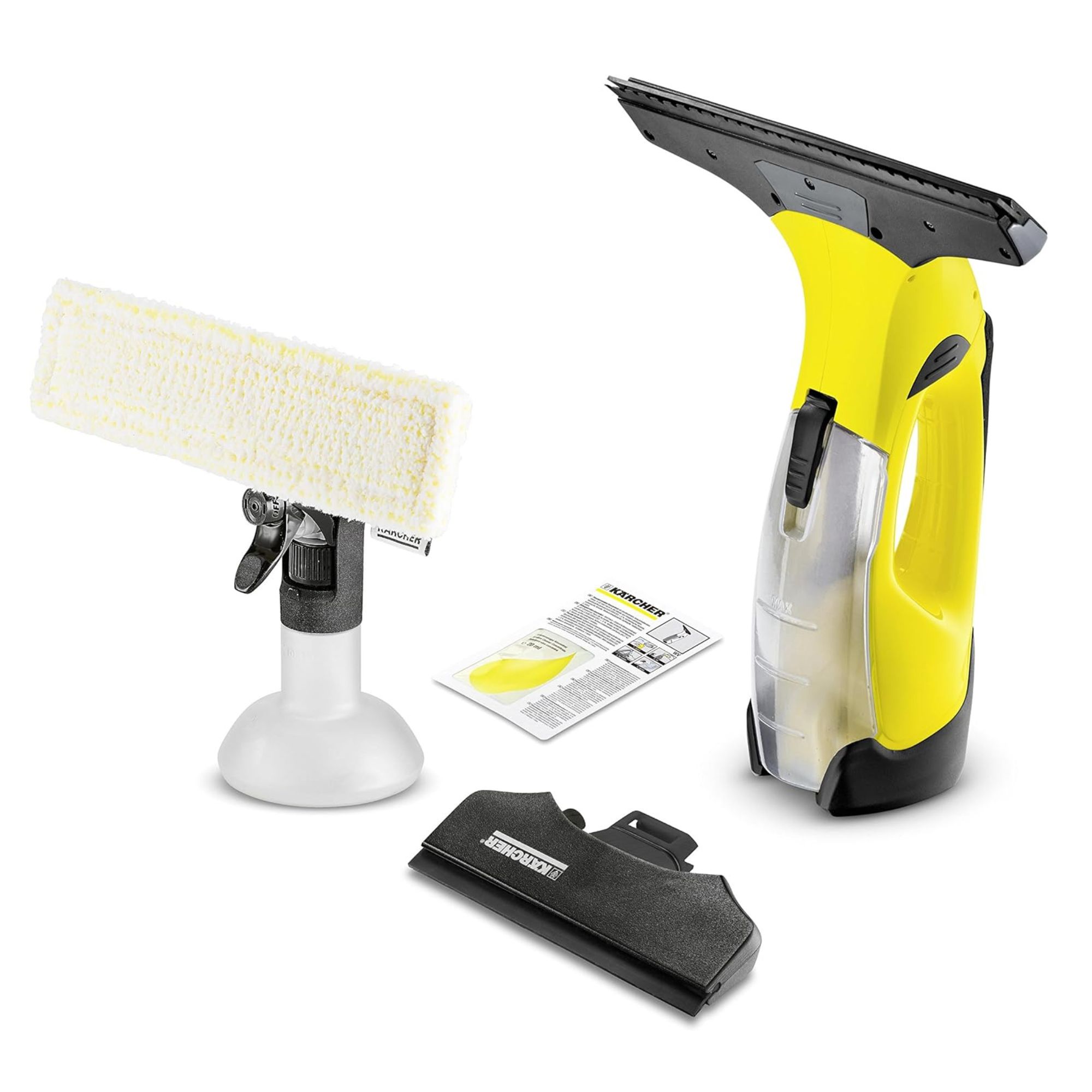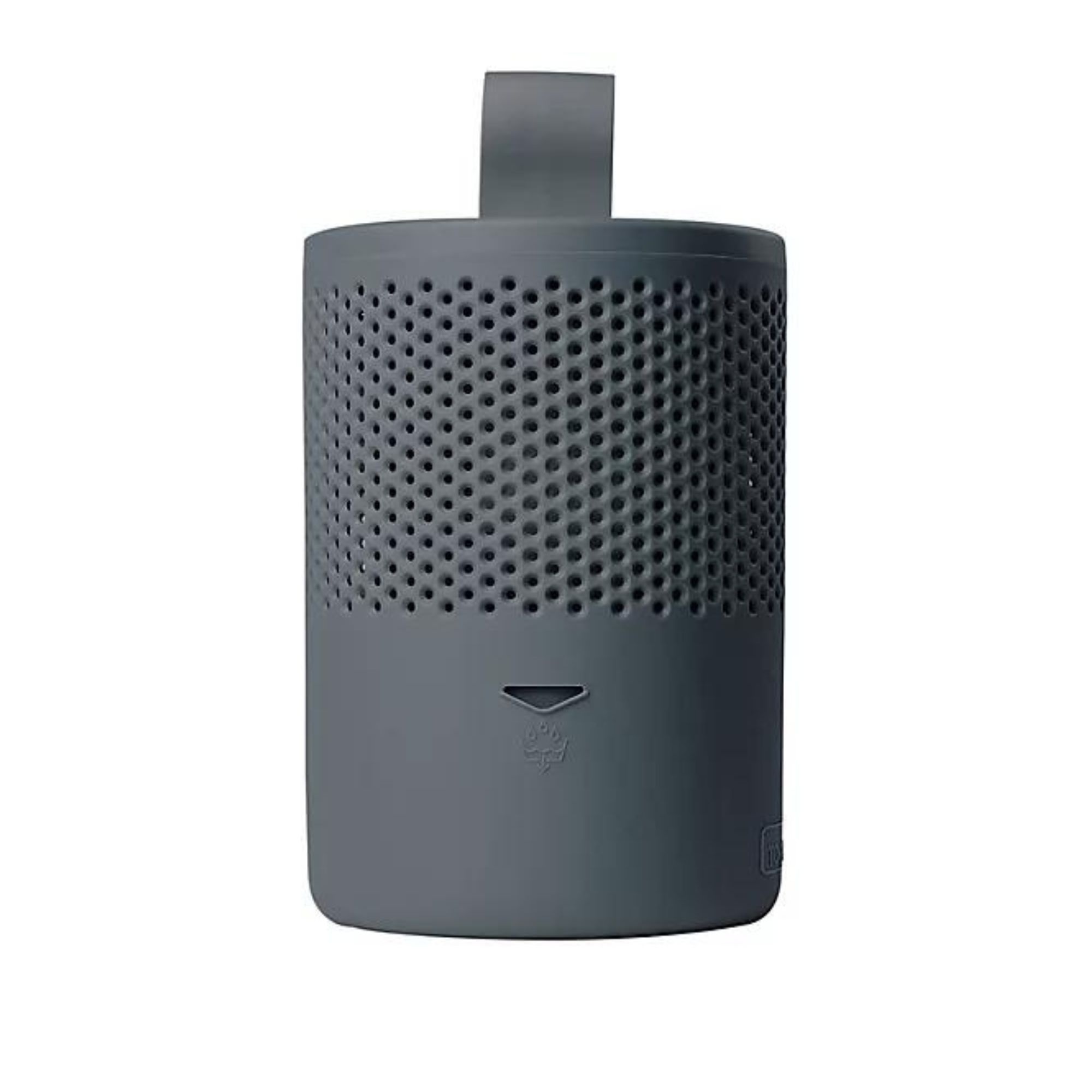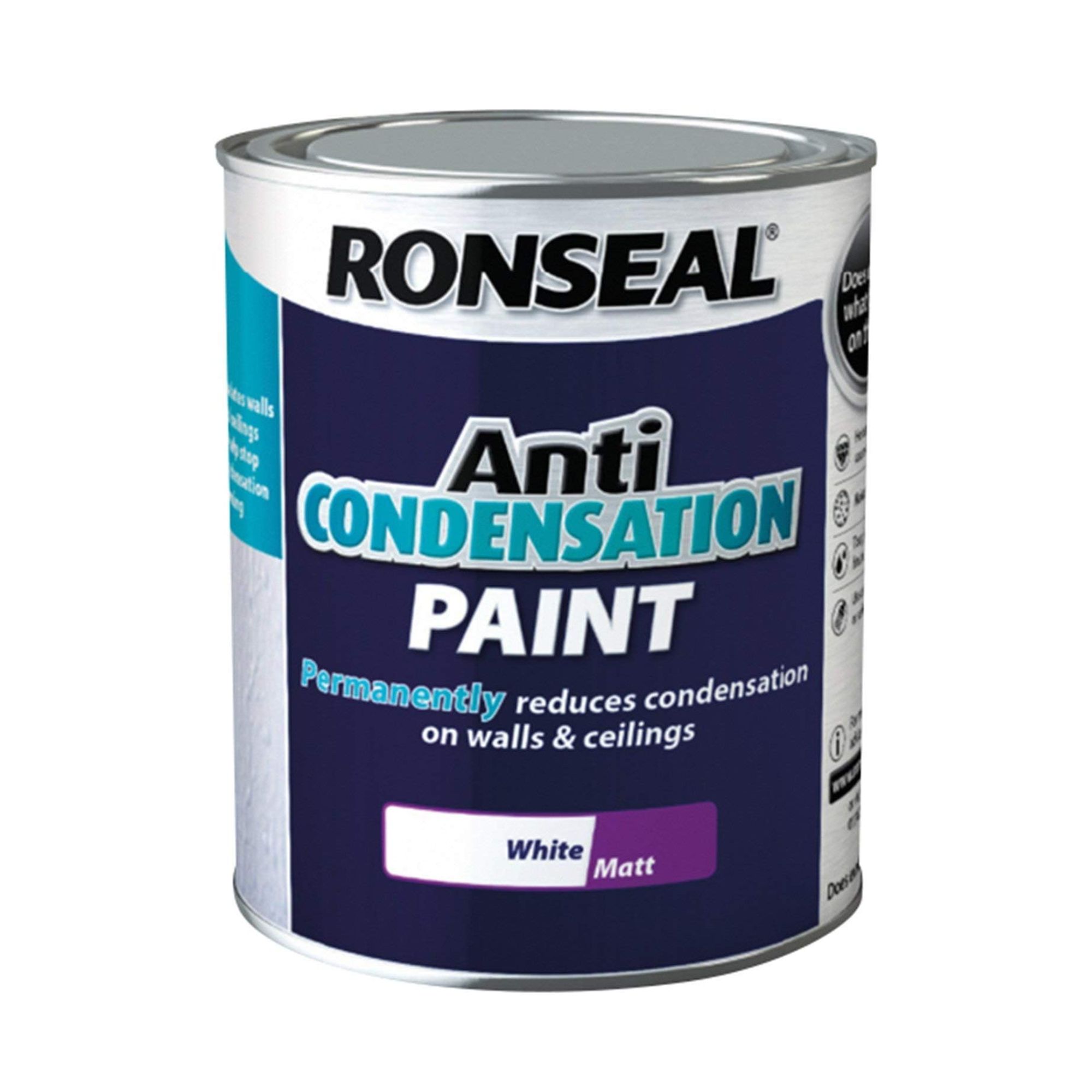How to stop condensation on walls and ceilings - 11 expert-approved tips and tricks to keep your home dry over winter
Stop condensation on walls and ceilings with these 11 simple ideas

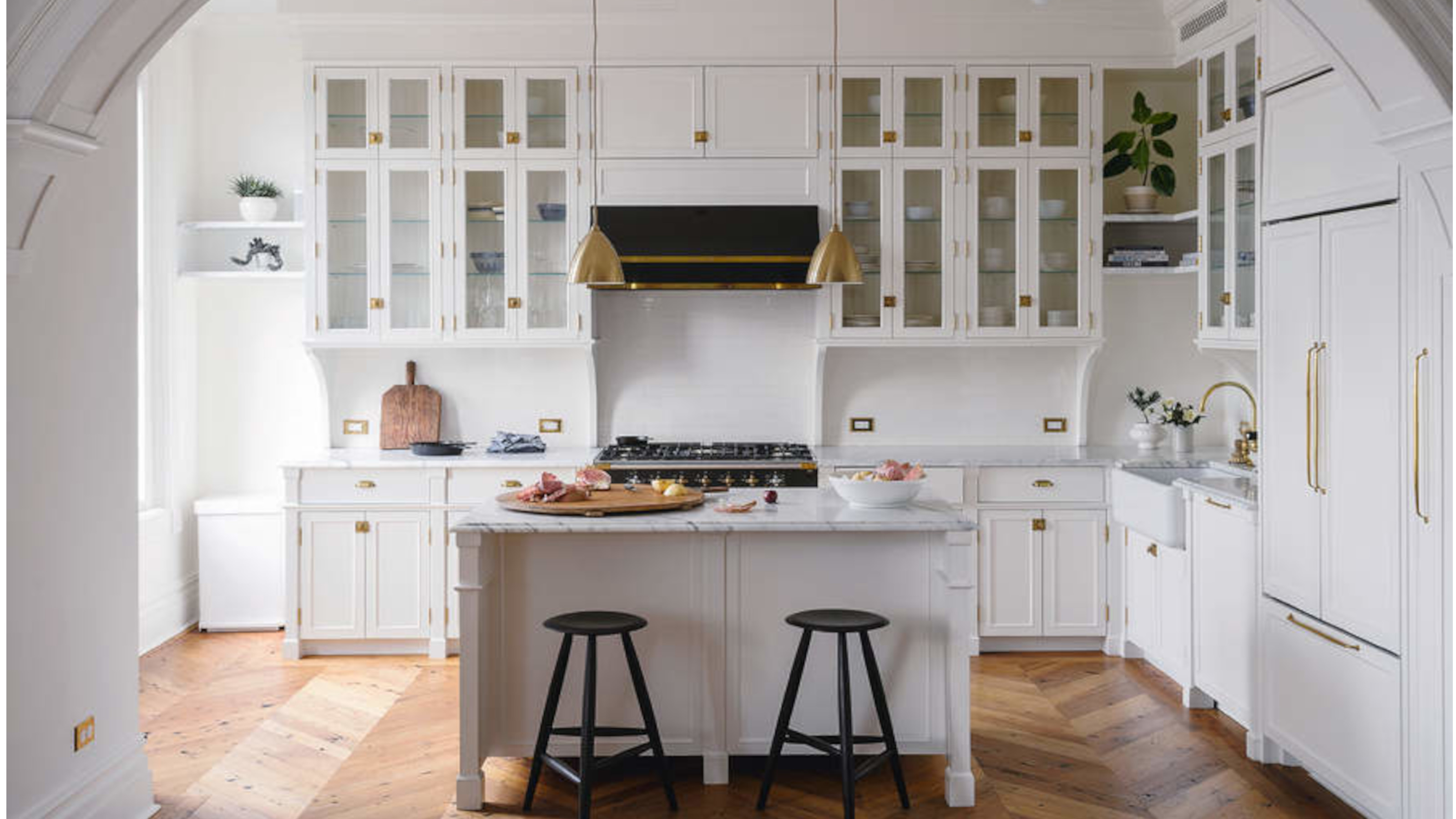
EDITOR’S NOTE: An earlier version of this article included a quote from a purported expert whose credentials we have not been able to verify. The quote has been removed. We regret this lapse in our verification process and have updated our internal protocols to reduce the risk of recurrence.
If you’re wondering how to stop condensation on walls and ceilings, there’s a high chance you’ve already spotted the tell-tale signs of excess moisture in your home. And this pesky problem can cause real issues during the winter months.
However, it’s important to note that you can’t eliminate condensation completely. Having a shower, cooking your dinner, and changing seasons play their part in the water cycle, and condensation is the most common type of damp in UK homes. And while a small amount of condensation is normal, too much condensation can lead to structural issues, mould growth, and respiratory issues. Then, you’ll have to get rid of damp, too.
As they’re some of the biggest surfaces in your home, knowing how to stop condensation on walls and ceilings can have a big impact on your home and potential dampness. That’s why we’ve spoken to experts to share 11 ways to banish this excess moisture in your home.
1. Dry clothes outdoors
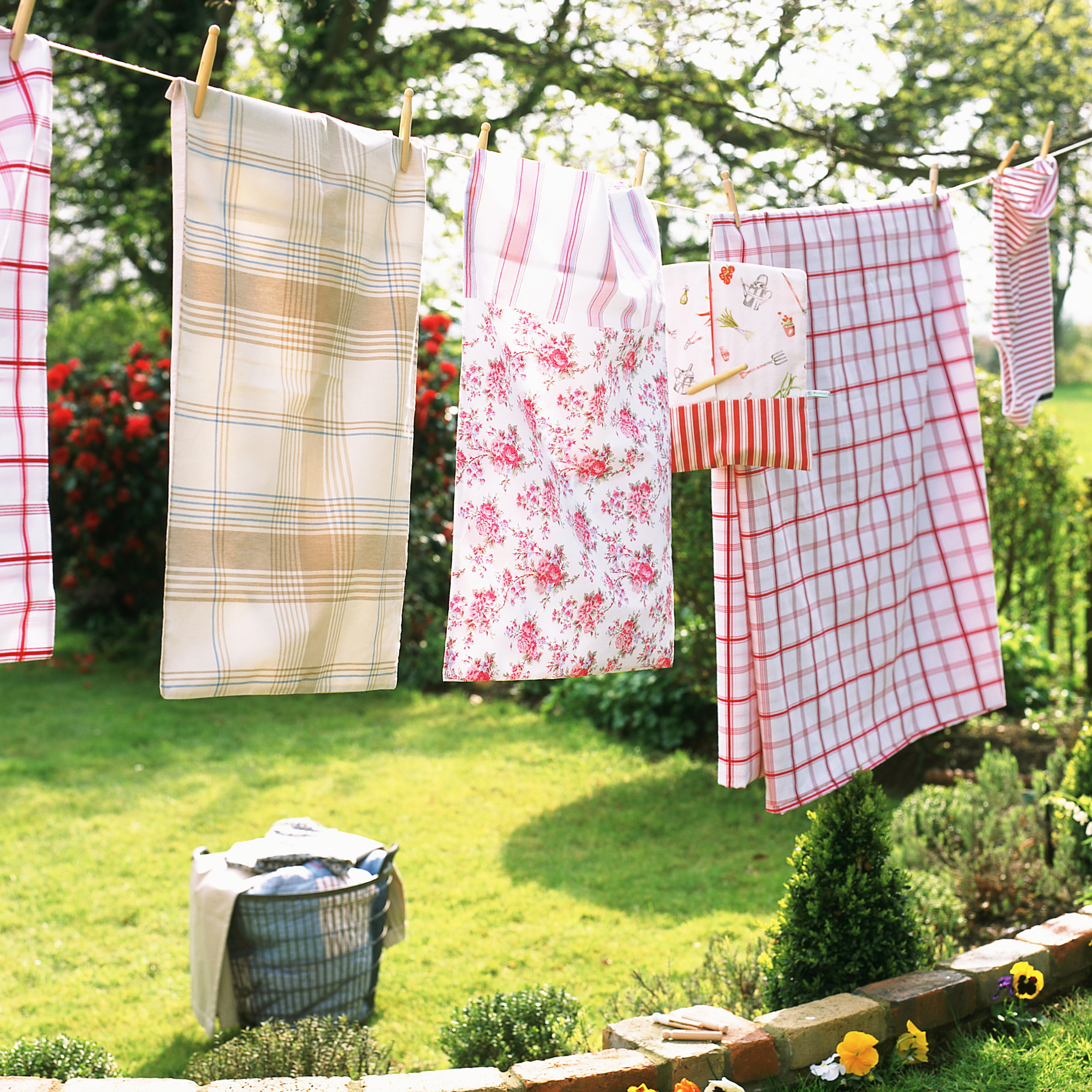
Where possible, hang wet clothes outdoors to prevent excess moisture from building up inside your property. If you can’t do this when trying to dry clothes in winter, then try to dry them in a bathroom with an extractor fan running or use a dehumidifier.
Nic Auckland from Trade Radiators advises against drying clothes indoors because it only adds to the moisture in the air, a big contributing factor to condensation.
‘Thicker items such as bedsheets and towels are big problems if drying inside as it will take a long time and there will be more moisture in them to be released. Use a tumble dryer or dry outside if possible. Dry clothes on a heated towel rail in the bathroom and make sure to open windows.’
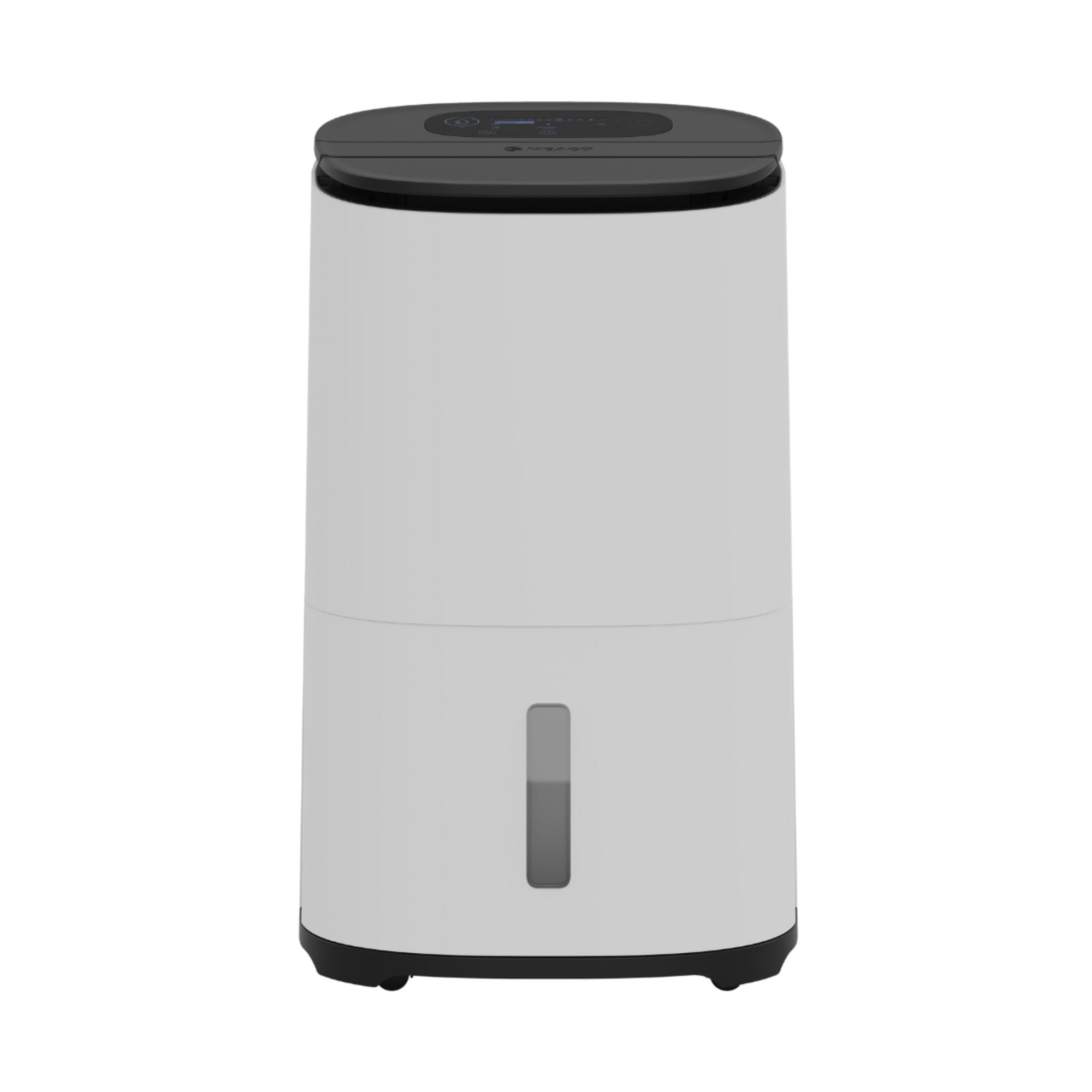
The best dehumidifier we've tested, the MeacoDry Arete Two is both energy-efficient and effective. It also comes with a dedicated Smart Laundry Mode for this exact task.
2. Use pan lids when cooking
Many of the best saucepan sets come with lids, so this shouldn’t be hard to do - and it can make a big difference.
Sign up to our newsletter for style inspiration, real homes, project and garden advice and shopping know-how
‘This may seem like a simple tip, but it can help,’ says Chris Michael, managing director of Meaco. ‘When cooking, keep the lid on your saucepans as much as possible to prevent the moisture from boiling water escaping into the kitchen. Also, try to simmer rather than boil the water. Cooking creates a lot of moisture, so keep your kitchen door closed to prevent the steam from moving around the house.’
Ensure that you’re using an extractor fan when cooking as these are designed to help reduce moisture, as well as eliminate smells.
3. Check furniture can breathe
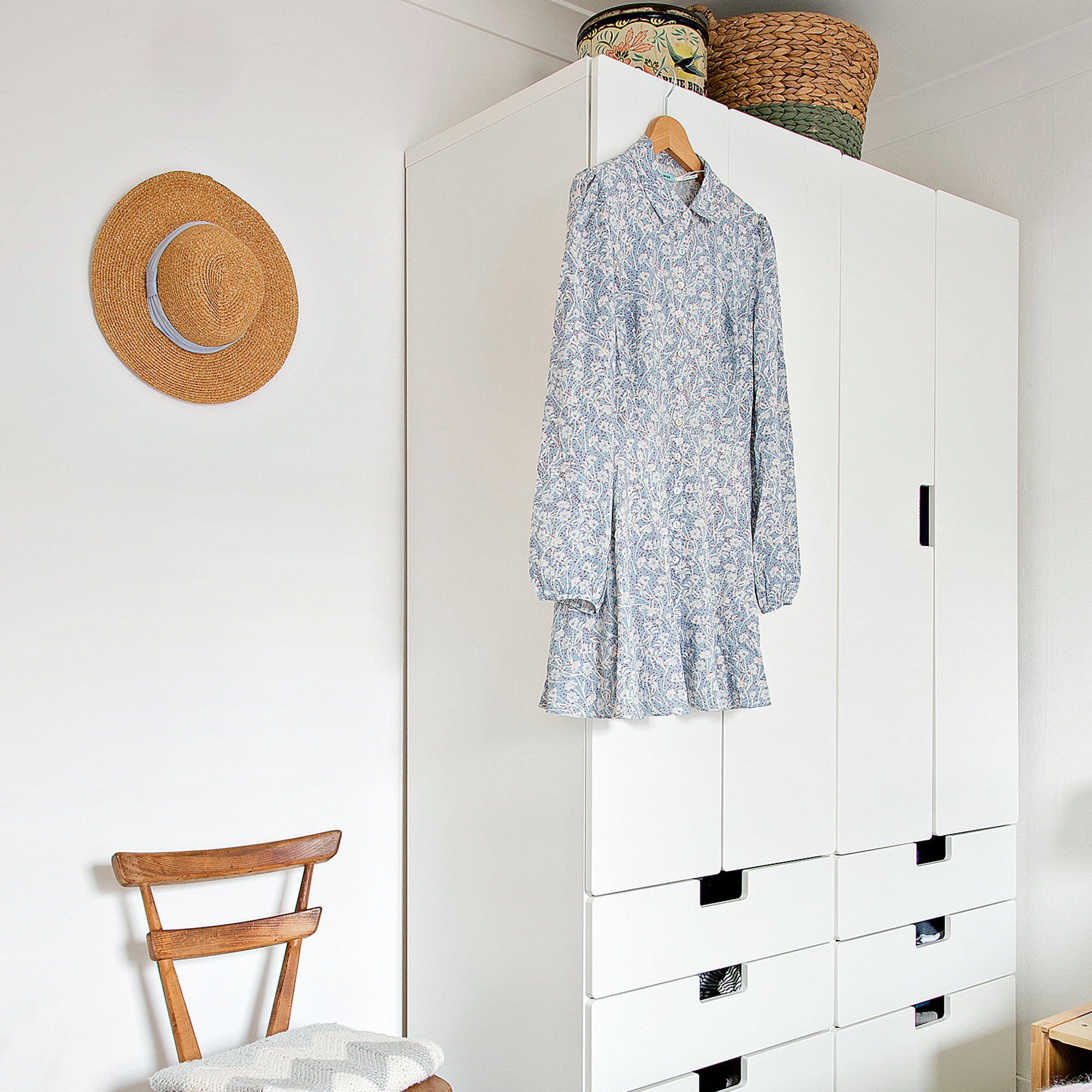
From the positioning of your sofa in your living room to the bed and wardrobe placement in your bedroom, they all matter - especially if you want to stop condensation on walls and ceilings. After all, walls and ceilings need space to breathe.
If there is space, don't position furniture up against external walls. This allows air to circulate around the rooms in your house. Instead, where possible, place wardrobes against internal walls, as this will help reduce the chance of condensation forming.
4. Wipe your windows and doors each morning
Knowing whether to wipe condensation off windows or not is a tough one, but ultimately, experts agree that it’s something you should do.
Window condensation is usually at its worst in the morning when your doors and windows have been closed all night and warm, as damp air has nowhere to escape. So, make a habit of removing condensation on your windows and doors first thing every day. Wipe excess moisture with a towel or cloth. If you don’t, the water may cause the window seals to warp and loosen over time, and it could even lead to mould.
‘Make sure that you’re clearing the area on a daily basis. We’d suggest using a microfiber cloth to remove any dampness, before applying any cleaning solution,’ recommends Adam Pawson from Safestyle.
If you want an easy gadget to get the job done, the Ideal Home team swears by the Karcher Window Vacuum to remove condensation from windows.
5. Open your windows

If you want to stop condensation on your walls and ceilings, it’s well worth burping your home. Yes, burping! This is essentially giving your home space to breathe by opening up the windows.
If you can, open all the windows in your home daily, even if it's for a short time. At night, leave windows ajar. Breathing is a major cause of condensation, thanks to the warm, wet CO2 we expel on each out-breath. By opening the windows, you will help to improve ventilation and stop damp from forming - especially in a bedroom at night.
'Despite wanting to heat a room, it’s important to let any moist air out to help create good airflow. Therefore, try to open windows periodically- ideally for around ten to fifteen minutes- to let cool air in and moist air out,’ says Mark Ronald from Hometree.
6. Get rid of moisture in the bathroom
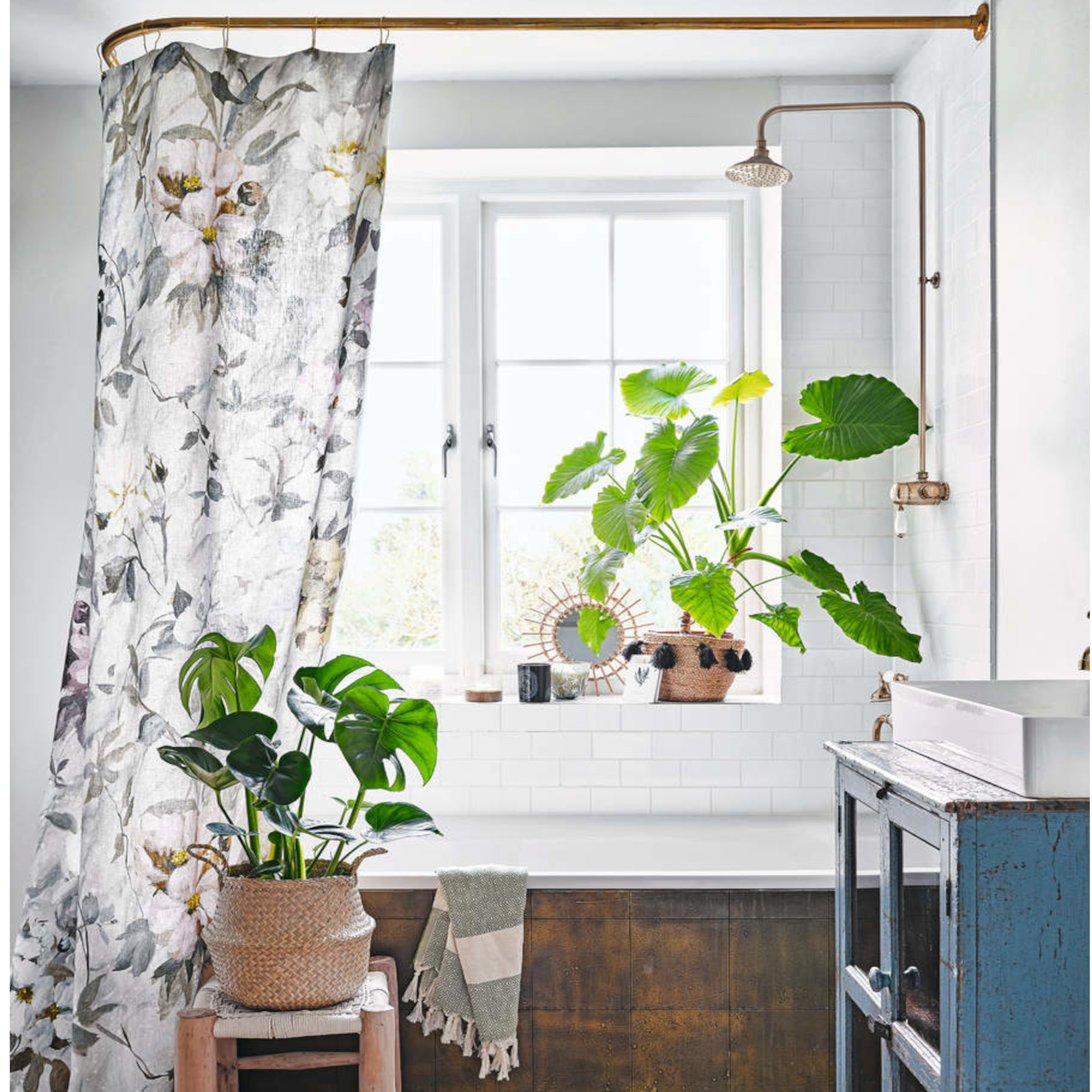
Lifestyle damp is one of the most common types of damp - and it’s particularly prevalent in the bathroom. So, when using the shower or bath, make sure the extractor fan is on to remove the steam and moisture created when running warm water in a cold environment. Wipe away any excess water around the bath, shower seals and surrounds when you have finished.
Mark Ronald from Hometree advises, 'When running a hot bath or shower, condensation is caused by hot water, and whilst extraction techniques (like extractor fans) can help to some extent, they don’t always fully eliminate condensation. It is important to keep the bathroom door shut so that the moisture doesn't escape into other areas of your home.’
'If it’s not too cold, you should also open a window. This allows the humid air to be released outside and will stop the collection of condensation vapour on the cold windows and walls.’
Of course, another way to stop condensation on walls and ceilings in the bathroom is to dry the room with a dehumidifier. The Ideal Home team swears by the non-electric Absodry Dehumidifier, which uses crystals to absorb excess moisture. You can even team a dehumidifier with a bathroom fan for that extra protection.
7. Ensure you have adequate ventilation

Trickle vents in windows work well. These are small gaps at the tops of windows and doors that allow air to circulate in small amounts. If you’re self-building, consider a more advanced option such as installing a mechanical extract ventilation system (MVHR). This will provide a constant supply of fresh filtered air, maintaining good air quality indoors.
Garry Kirkbright senior Designer at More Bathrooms says this can be done in two main ways, through the installation of a fan or through opening a window.
‘Now, an installation requirement in new build homes, fans extract old air and expel it into an atmosphere. You can either install a standard fan which is controlled by a switch or a humidistat fan that automatically turns on and off depending on a timer or until the steam and condensation has cleared.’
8. Apply an anti-condensation paint
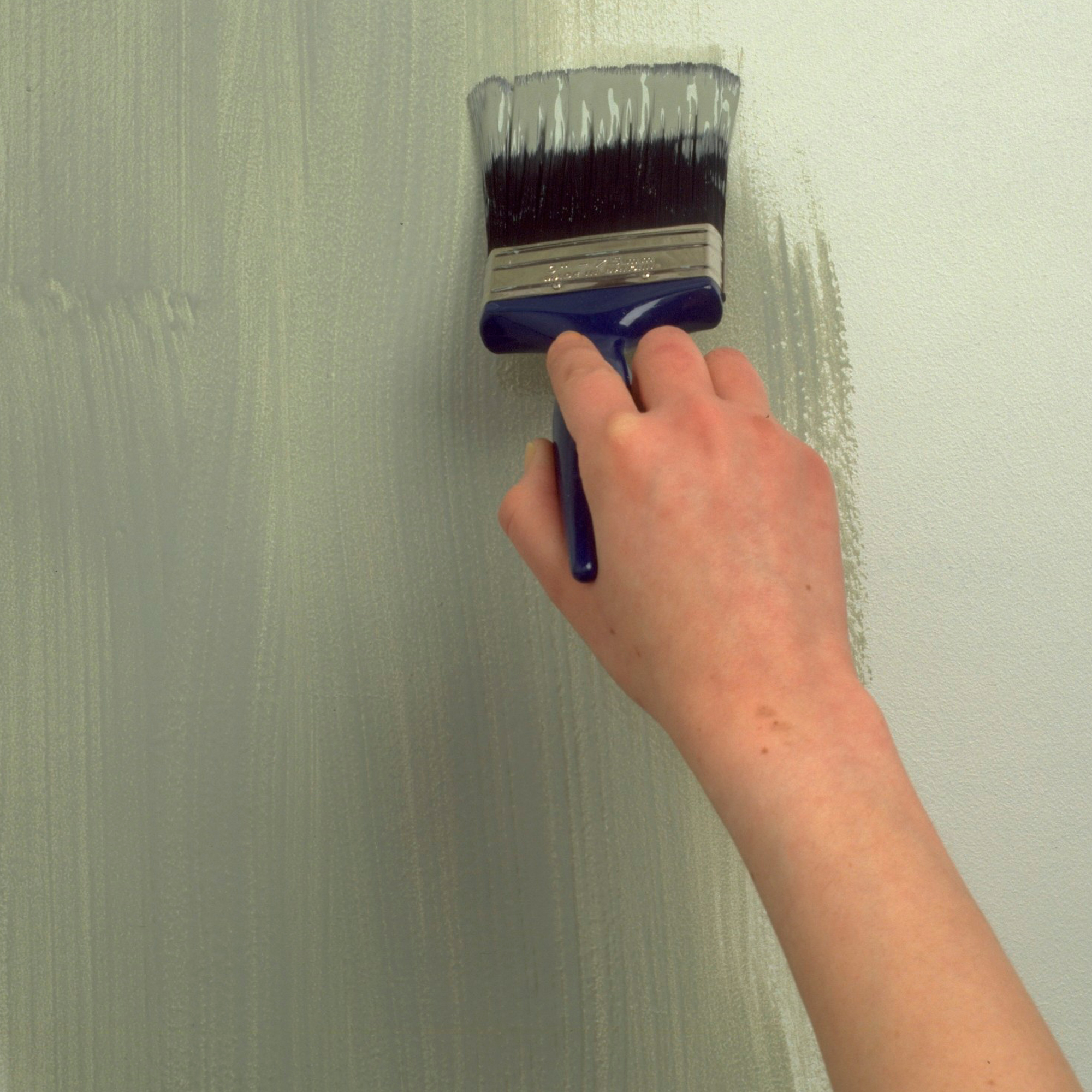
Anti-condensation paint does exactly what it says on the tin, and is specifically designed to help insulation your walls and stop insulation. It’s a great option for bathrooms and kitchens, where excess moisture is prevalent.
You just need to ensure there is no mould on your walls and ceilings and that the surfaces are dry before you apply the paint, which will require two coats.
Then, you can just sit back and relax knowing that the paint should repel any excess water and stop it from causing any further damage.
9. Heat your home
When the winter months come along, condensation on walls and ceilings can get much worse. Thankfully, heating your home can help.
Mark Ronald from Hometree advises heating every room to prevent the build-up of condensation and the development of damp, including window condensation.
‘If one room is cold and the other warm, it will lead to cold spots. These rooms are more vulnerable to condensation and damp, therefore, try to heat every room as often as you can,’ he says.
Ronald also recommends gradually heating your home to help keep condensation under control. ‘If the heating is turned up really high and then turned off suddenly, moist air is more likely to build up. As dramatic temperature changes can make condensation worse, try adjusting the temperatures of your heating gradually - a couple of degrees every half an hour.’
You don’t have to keep the heating on all day, but a thermostatic timer could be really useful in this instance. It will switch on the heating during colder months to help maintain an even indoor temperature. Alternatively, you could invest in a smart heating system for full control.
10. Invest in insulation

Cold spots on walls and ceilings can increase the chance of condensation, so insulating your home is the best course of action in the long term. Installing roof and loft insulation and external wall insulation will not only keep your home warmer, but you'll also be driving down costs.
‘Making sure your home is better insulated can also really help when tackling condensation and dampness,’ advises Adam Pawson, head of digital at Safestyle.
‘Double glazing, wall insulation and draught-proofing will help to reduce the amount of heat that is lost from your home. Having well installed, energy-efficient windows will help to keep the property's temperature high which can have a massive impact on condensation and mould growth.’
As with everything preventing damp in the first place will be a lot easier than trying to remedy it. So if you're concerned about condensation act now.
11. Check for bigger issues
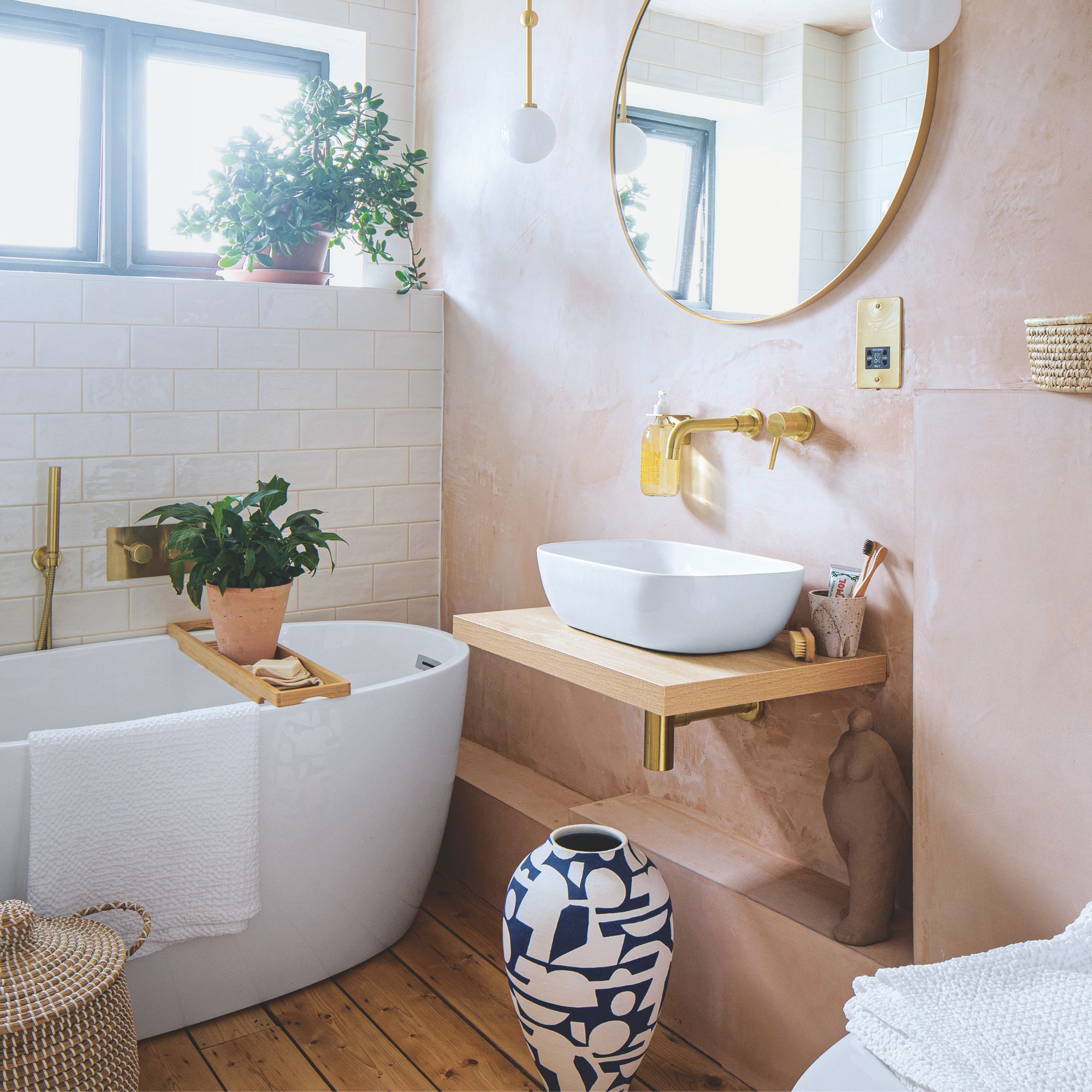
It’s worth noting that a small amount of condensation on walls and ceiling is perfectly normal, especially after a long shower or boiling your potatoes. But if this becomes a continuous issue and the above steps don’t help, you may have a bigger damp issue.
All in all, there are four different types of damp, and these types show themselves in different ways. They also have different severity levels and treatments, so it’s worth knowing whether your problem stems from something simple like lifestyle damp or something more serious like rising damp.
While you’re at it, it’s worth understanding the difference between mould and condensation to determine whether it’s best to continue with the above steps or call in a professional to help with a bigger problem that can’t be fixed as easily.
FAQs
What causes condensation on walls and ceilings?
When the temperature drops the walls and ceilings in our homes become colder and because we are trying to keep the warm air inside we also trap moisture inside the house. The moisture in the air meets the cold surface of our walls and ceilings and causes condensation.
Adam Pawson from Safestyle says, ‘If it is not maintained efficiently then it can develop into dangerous mould which is linked to health conditions such as asthma, eczema and Bronchitis. That’s why it's important to keep condensation at bay before it worsens and causes damage to your home and health.’
How to clean condensation off walls
If you spot condensation off your walls, drying out your home and preventing further condensation is the best way to stop it from getting worse. However, you can also clean it off regularly if you want to.
If the wall is only slightly wet, using a dry cloth to clean the condensation off might be enough. But if the wall smells damp and looks as though it’s starting to go mouldy, you should clean it properly with a mixture of warm, soapy water. You can also add vinegar into the mix to help with the odour and kill the mould spores.
Hopefully, all of these tips will help you stop condensation on walls and ceilings from making their mark.

Sophie Vening is a freelance journalist and editor with more than 16 years’ experience writing about homes and properties. She’s worked for some of the UK’s leading interiors, self-build and property titles including, Grand Designs, Ideal Home, House Beautiful, Build It, The Metro Homes & Property and The Evening Standard Homes & Property.
She enjoys writing about complex issues in an easy-to-understand way.
- Lauren BradburyContent Editor (House Manual)
- Imani CottrellContent Editor
